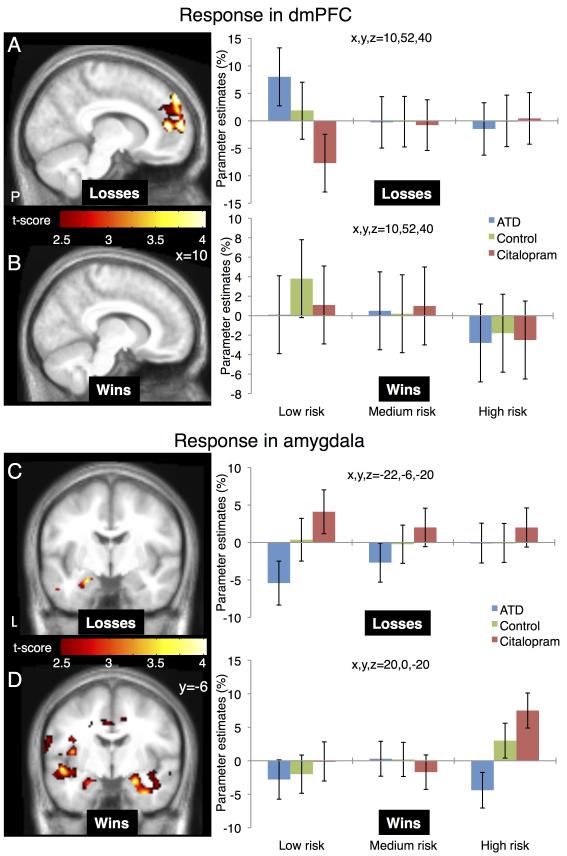Figure 4. 5-HT induced changes in outcome related activity.
The figure illustrates changes in regional BOLD response to aversive and positive outcomes depending on the risk choice and the type of serotonergic challenge. Choices with odds of 1/7 and 2/7 were pooled together as high-risk, choices with odds of 3/7 and 4/7 as medium-risk and choices with odds of 5/7 and 6/7 as low-risk choices. (A) For unsuccessful low-risk choices, ATD increased and citalopram decreased dmPFC activity compared to the control condition. (B) Serotonergic challenges have no significant influence on dmPFC during positive outcomes. (C) For unsuccessful low-risk choices amygdala’s response decreased with ATD and increased with citalopram. (D) For high-risk positive outcomes amygdala’s response showed a bilateral decrease with ATD and increase with citalopram. The maps are thresholded at p<0.01 (uncorrected) for illustrative purposes. The right panels give the parameter estimates of the regional peaks for the low, medium and high-risk choices and the three pharmacological challenges. Error bars represent 90% confidence interval of the mean.

